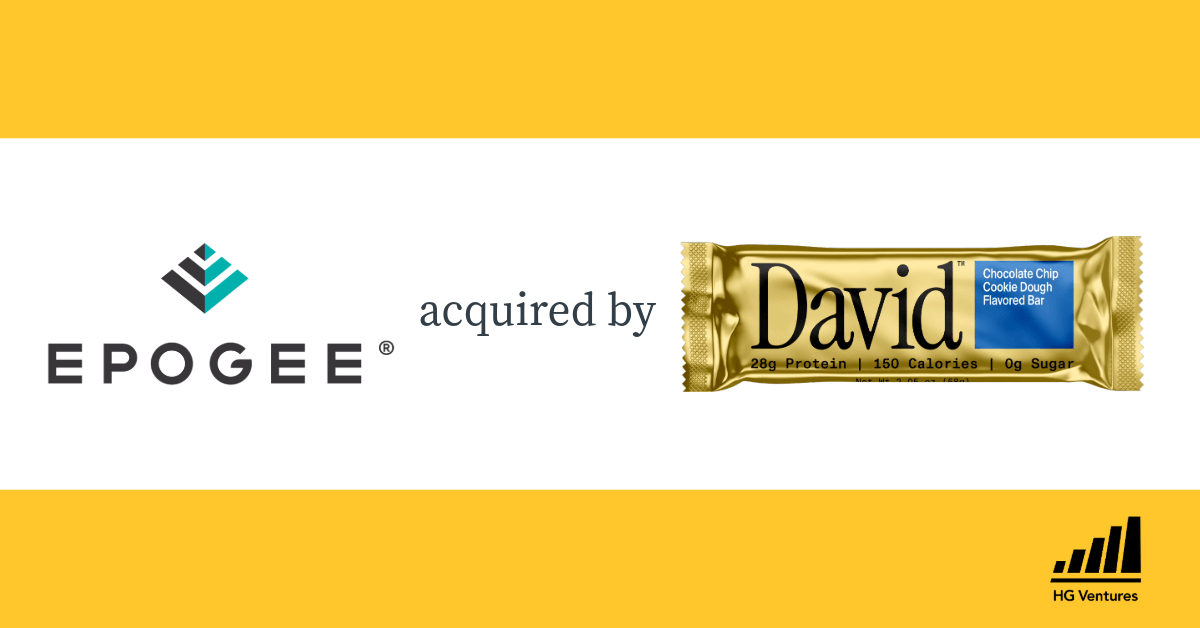Policy, Partnerships, and Pragmatism: Reflections from Circularity 25
Ginger Rothrock participated in the recent Circularity conference, the premier gathering of professionals advancing solutions for the circular economy. Here she reflects on some of the key take-aways from the event.
Circularity 25 drew more than a thousand delegates to Denver recently, from corporations and government agencies to community organizations and a small handful of investors. There is no shortage of VC-heavy events, but part of what makes Circularity so interesting is that it’s less about capital flows and more about systems change.
Circularity, after all, is not a one-company problem or a one-technology solution. It’s a systems challenge (and opportunity!). Solving it requires stakeholders from every part of the value chain: producers, regulators, logistics providers, consumers, and the entrepreneurs building connective tissue between them.
Why Circularity 25 Matters
From Colorado’s pioneering packaging Extended Producer Responsibility (EPR) law to discussions on digital product passports and data infrastructure, Circularity 25 offered a close-up look at the levers and barriers shaping the future of sustainable production in the U.S.
The headline theme? Policy. EPR dominated the conversation, seen by many as the most viable systemic lever to drive circularity at scale. EPR shifts the conversation from downstream fixes to upstream design, with packaging simplicity, material traceability and data transparency becoming critical enablers—not just technical upgrades, but commercial necessities. While there was plenty of optimism about EPR’s ability to normalize recycled feedstock costs and incentivize better design, many attendees also voiced concern about the “patchwork risk” of 50 different state regulations without federal harmonization.
Brands want clarity. Startups need predictable demand. Investors look for scalable frameworks. We’re not there yet, and we can’t get there on policy alone. Circularity is also about improving economics, minimizing supply chain risk, and conserving resources.
Pretred and Colorado’s Circular Ambition
One of my favorite moments at the conference was watching Pretred—a company in the HG Ventures portfolio—highlighted as a flagship recipient of Colorado’s Circular Communities Enterprise (C3) grant program. Pretred manufactures construction safety barriers from recycled tires, and that $11.2 million grant will enable the Company to meaningfully increase its output to 30,000 barriers per year. Credit is due to Circular Colorado and its CEO, Laurie Johnson, for demonstrating what regional leadership can look like when it’s backed by a clear vision and targeted funding.
This example of public-private partnership, blended with the type of entrepreneurial grit demonstrated by Pretred CEO Eric Davis and his team, is a beautiful blueprint for scaling circular technologies to the benefit of all parties.
What’s Hot (and What I Missed)
The conference placed heavy focus on plastics and textiles, both materials with notoriously difficult recycling economics and infrastructure gaps. Discussion around advanced sorting, design simplification, and traceability platforms drew significant attention. But notable by its absence was serious coverage of other circular priorities: organics, water, critical minerals, and e-waste received little airtime.
For a venture investor like HG Ventures—active in sectors ranging from PFAS remediation to battery recycling—this creates a market signal. While activity and policy is seemingly most mature in the packaging and apparel sectors, the next wave of innovation and regulation may well emerge in currently underrepresented categories.
Startups operating in these spaces need to prepare now for data demands, compliance frameworks, unit economics, and lifecycle responsibility requirements. Those that can help brands bridge the “proof gap”—the ability to verify and validate circular claims—will have an edge. This is where we see significant potential for companies like Circulor, another HG Ventures portfolio company, which enables supply chain traceability for complex products and materials.
Closing Thoughts
Circularity 25 reinforced our conviction at HG Ventures that progress in this space depends not just on new materials or machines, but on smart partnerships, aligned incentives, and scalable infrastructure. The work is hard. The systems are fragmented. The data pipes are still being laid.
But it also reminded me how essential it is to have patient capital partners at the table. Because to build circular systems, you need more than capital. You need alignment, accountability, and staying power.


